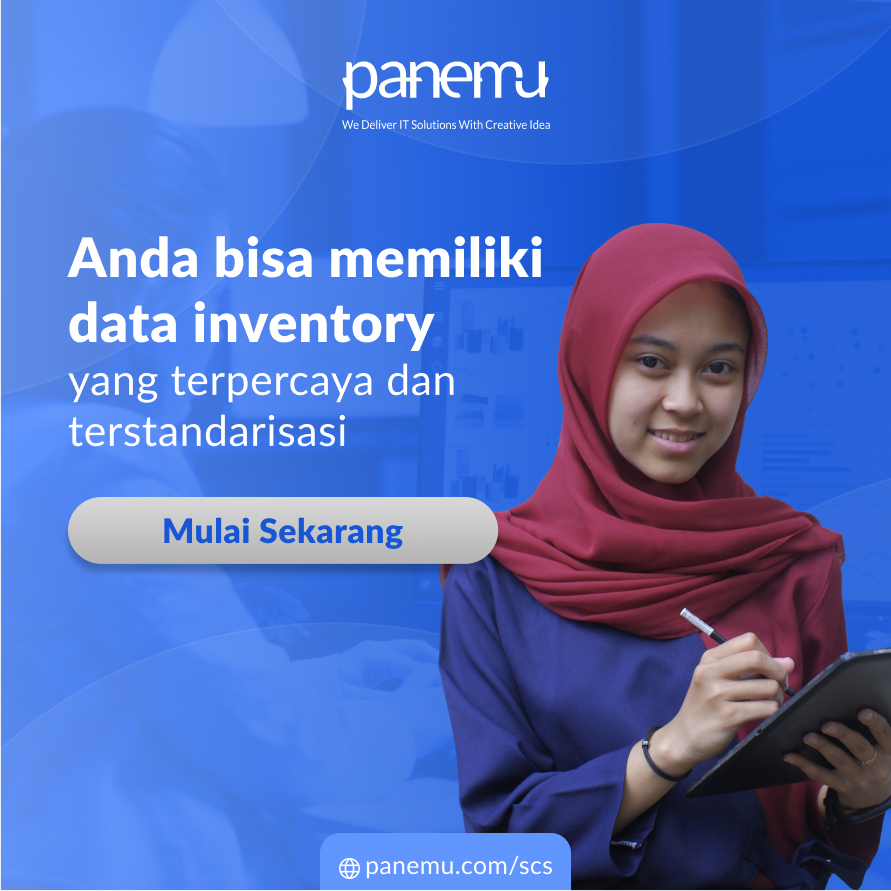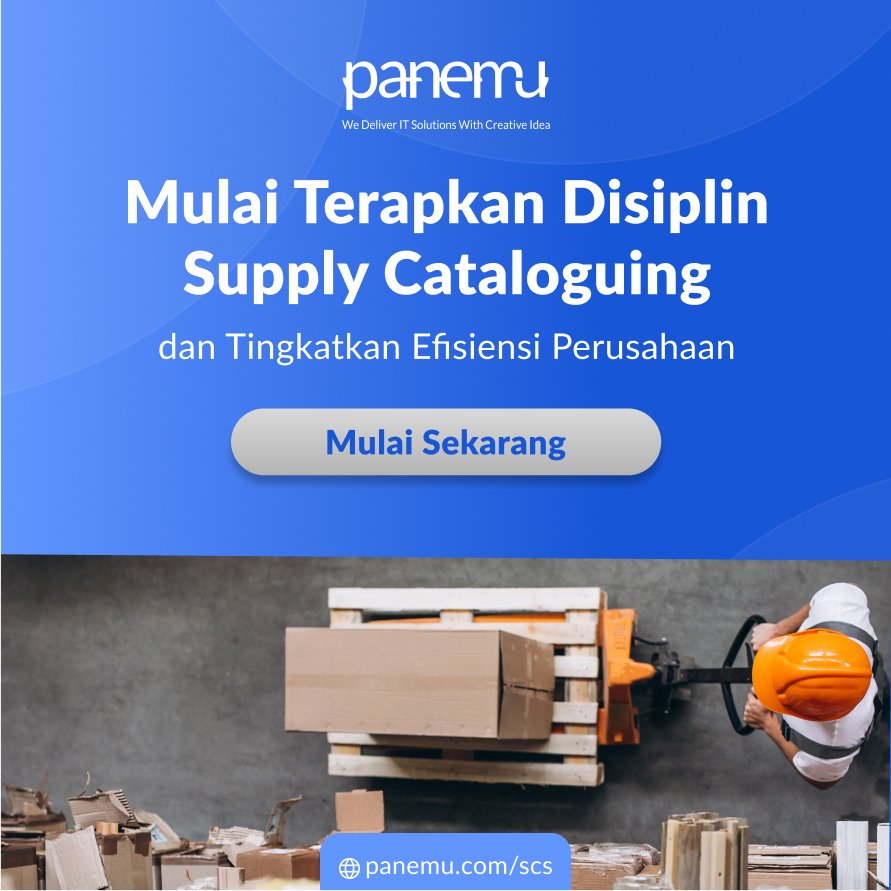Open any maintenance system, procurement dashboard, or engineering database, and one thing quietly powers every click, every search, and every decision: the item record. It’s not flashy. It doesn’t draw attention. But without it, nothing works. No spare part ordered. No maintenance performed. No product made or asset repaired. In many ways, the quality of your item records defines the intelligence of your entire operation.
This isn’t an exaggeration—it’s a reality we’ve seen play out across industries. In this article, we’ll explore what item records really are, why they matter more than most realise, and how they can evolve from overlooked entries in a database to strategic assets that fuel agility, traceability, and efficiency across the board.
What Is an Item Record—Really?
On paper, an item record is simply a data set. It describes a part, a tool, a component—anything that can be catalogued, stocked, or used. But when designed and maintained correctly, it becomes a profile: complete, intelligent, and ready for action.
A typical item record might include:
- Part number
- Description
- Manufacturer and supplier details
- Unit of measure
- Stocking location
- Commodity code
- Maintenance relevance (is it critical?)
- Material composition
- Lead time and pricing
But that’s just the surface. The real power lies in how this data is used—and more importantly, how trustworthy it is.
Why Item Records Are More Than Just Data
Here’s the truth: your systems are only as smart as your records. A beautifully implemented CMMS, ERP, or EAM can’t compensate for inconsistent, duplicated, or incomplete item data.
- Procurement Efficiency
Clean item records mean faster sourcing, better supplier negotiations, and fewer emergency orders. - Inventory Accuracy
When data is clear and standardised, stock levels reflect reality. No more phantom stock or stockouts. - Maintenance Effectiveness
If a technician searches for a bearing and finds three entries with different codes for the same part, that’s wasted time—and potentially a critical delay. - Cost Control
Duplicate items with slight naming differences inflate inventory and procurement costs. Clean records eliminate waste. - Risk and Compliance Management
From chemical handling to product recalls, traceability begins with accurate item documentation.
Functional Use Cases: When Item Records Make or Break the Operation
Let’s bring it to life. Here’s where well-managed item records quietly save the day:
- Routine Maintenance on Complex Assets
A technician pulls up a task in the CMMS. The item record tells them exactly which replacement part is needed, where it’s stored, and how to install it—complete with links to manuals and past usage. - Emergency Procurement
A production line is down. Procurement needs to act fast. An accurate item record provides supplier info, pricing, and lead time in seconds—not hours. - Stockroom Reorganisation
Stores personnel need to consolidate space. Standardised item descriptions and categorisation make it easy to identify duplicates, excess, and critical stock. - Auditing and Regulatory Inspection
Auditors request documentation on hazardous items. With structured records, everything is retrievable—instantly. - AI and Predictive Analytics
Machine learning tools can only predict what they understand. Well-tagged, structured item data enables predictive maintenance, automated reordering, and even smart inventory forecasting.
Anatomy of a High-Quality Item Record
Want to know if your item records are up to par? Here’s what great ones have:
- Consistent Naming and Classification
Clear naming conventions and taxonomy help users find what they need—every time. - Accurate Descriptions and Specs
Include make, model, size, material, and other technical details that make the record actionable. - Clear Categorisation and Grouping
Link items to families, equipment types, or maintenance relevance. - Supplier and Manufacturer Info
This supports quick sourcing and enables better lifecycle tracking. - Cross-Referencing and Equivalents
Show alternate parts or updated versions to streamline decision-making. - Lifecycle Indicators
Obsolete? In use? Critical? This context helps teams prioritise.
The Human Factor: Why People Matter in Item Data
Let’s be real—most bad item records don’t come from bad systems. They come from rushed data entry, siloed responsibilities, or lack of governance.
- Involve the users who actually rely on the records: maintenance, procurement, engineering.
- Train teams on how to create and update records properly.
- Create data ownership structures: who reviews? Who approves?
Clean data starts with clear accountability.
Common Pitfalls—and How to Avoid Them
- Copy-Paste Chaos
Cloning existing records without verification leads to confusion and risk. - Inconsistent Naming
Different people describing the same item in different ways is a recipe for redundancy. - Ignoring Non-Stock Items
Just because something isn’t kept in stores doesn’t mean it shouldn’t be recorded. - Letting Data Decay
Item data needs regular review. Obsolete items should be flagged or removed.
From Static Records to Strategic Intelligence
We’re now in an era where every asset, part, and material can be a data point. But without structure and accuracy, data becomes noise. Item records are the foundation of clarity.
They enable automation. Power analytics. Improve safety. Drive operational efficiency.
But none of that happens by accident. It starts with a decision: to treat item data not as admin work, but as a strategic priority.
That’s where Panemu comes in. Our Cataloguing Service helps industrial teams bring structure, standardisation, and sanity to chaotic data sets—cleaning up item records, removing duplicates, and applying proven taxonomies that work across platforms.
And with the Spares Cataloguing System (SCS), you don’t just store item records—you activate them. Search smarter. Decide faster. Work clearer.
After all, every decision starts with a piece of data. Let’s make sure it’s the right one.

